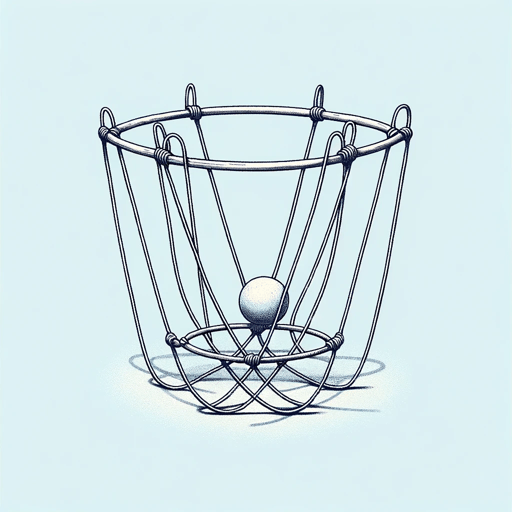67 pages • 2 hours read
Margaret AtwoodCat's Eye
Fiction | Novel | Adult | Published in 1988A modern alternative to SparkNotes and CliffsNotes, SuperSummary offers high-quality Study Guides with detailed chapter summaries and analysis of major themes, characters, and more.
Important Quotes
Content Warning: This section references bullying, abuse, self-harm, and suicidal ideation.
“I began then to think of time as having a shape, something you could see, like a series of liquid transparencies, one laid on top of another. You don’t look back along time but down through it, like water. Sometimes this comes to the surface, sometimes that, sometimes nothing. Nothing goes away.”
(Part 1, Chapter 1, Page 3)
The novel opens with its central conceit, suggesting that time has a spatial dimension and establishing the centrality of Memory and the Passage of Time. This informs both the novel’s narrative structure and much of Elaine’s own life. The imagery introduces a concept of time that differs from the traditional linear form and asks readers to consider how the past infringes upon and impacts the present. The final sentence, “Nothing goes away,” lays the groundwork for the novel’s rising action, in which Elaine’s present is inextricably linked to her past.
“I can feel my throat tightening, a pain along the jawline. I’ve started to chew my fingers again. There’s blood, a taste I remember. It tastes of orange Popsicles, penny gumboils, red licorice, gnawed hair, dirty ice.”
(Part 1, Chapter 2, Page 9)
Elaine begins to remember the past via traditional nostalgic symbols of candy. However, these objects quickly give way to dissonant memories of “gnawed hair” and “dirty ice”—an uncomfortable sensory combination that casts a violent tone over the past. It becomes clear that the taste of orange popsicles, the symbol of childhood, is tied up somehow with the taste of blood.
“This is the middle of my life. I think of it as a place, like the middle of a river, the middle of a bridge, halfway across, halfway over. I’m supposed to have accumulated things by no possessions, responsibilities, achievements, experience and wisdom. I’m supposed to be a person of substance.
But since coming back here I don’t feel weightier.”
(Part 2, Chapter 3, Page 13)
This quotation introduces the bridge as a symbol of the adult Elaine’s position halfway between her violent childhood and some unknown future. The bridge is suspended over a river, which evokes the ravine of Elaine’s childhood, a place of both imagined and actual violence.
Related Titles
By Margaret Atwood
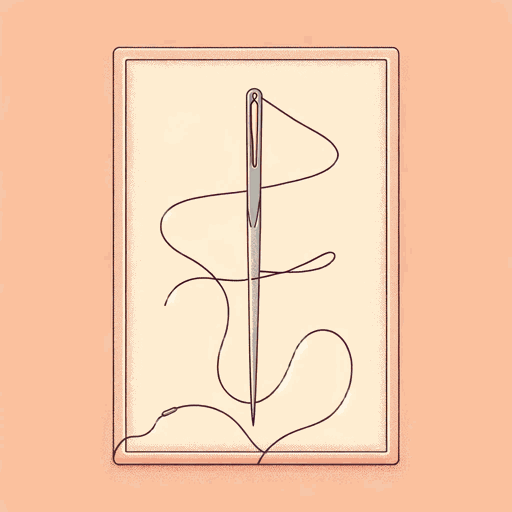
Alias Grace
Margaret Atwood
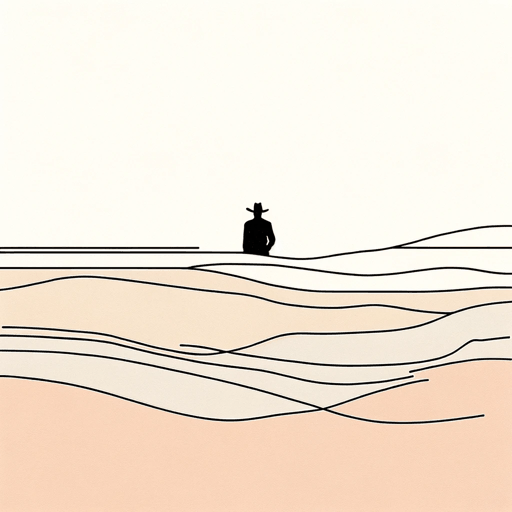
Backdrop Addresses Cowboy
Margaret Atwood

Death By Landscape
Margaret Atwood
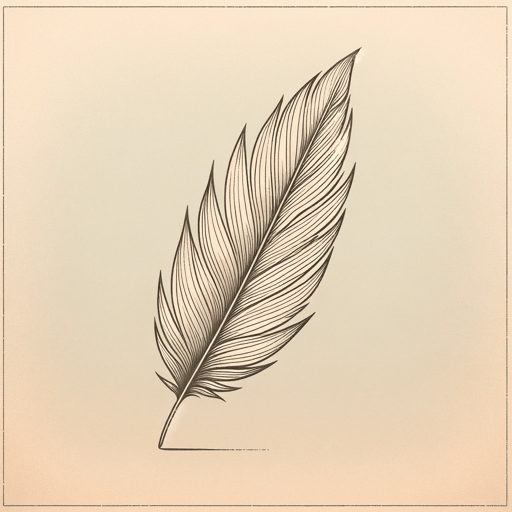
Hag-Seed: William Shakespeare's The Tempest Retold
Margaret Atwood

Happy Endings
Margaret Atwood
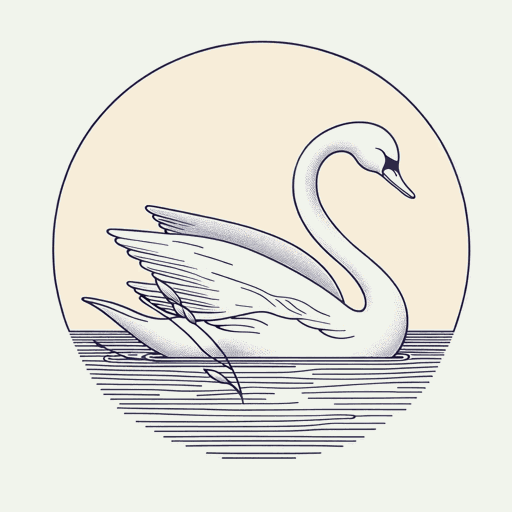
Helen of Troy Does Countertop Dancing
Margaret Atwood

Lady Oracle
Margaret Atwood

Life Before Man
Margaret Atwood
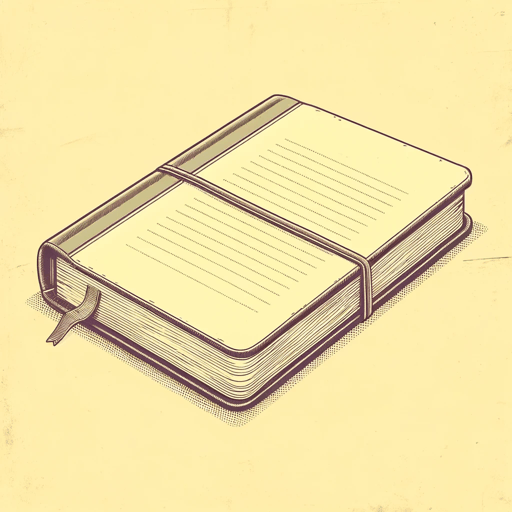
MaddAddam
Margaret Atwood
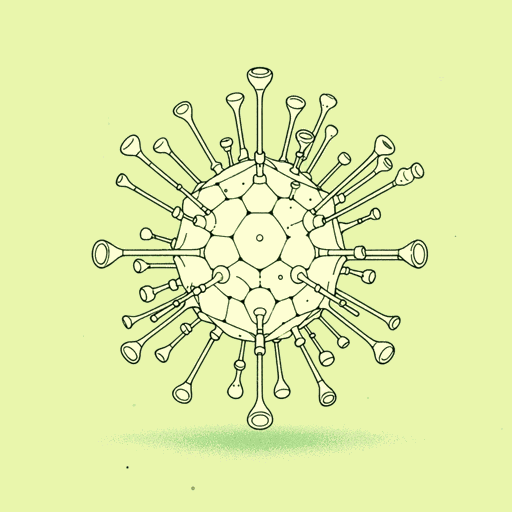
Oryx and Crake
Margaret Atwood

Rape Fantasies
Margaret Atwood
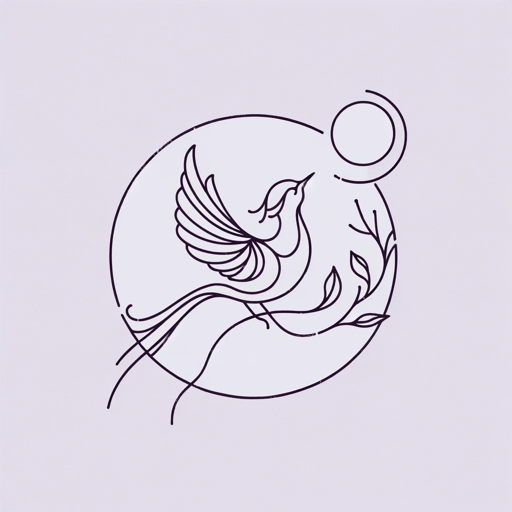
Siren Song
Margaret Atwood
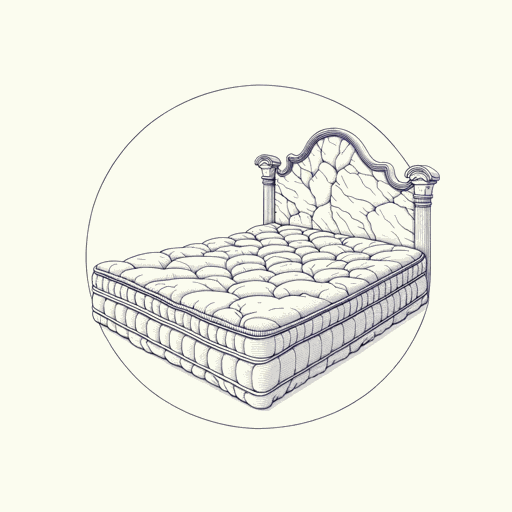
Stone Mattress
Margaret Atwood

Surfacing
Margaret Atwood

The Blind Assassin
Margaret Atwood
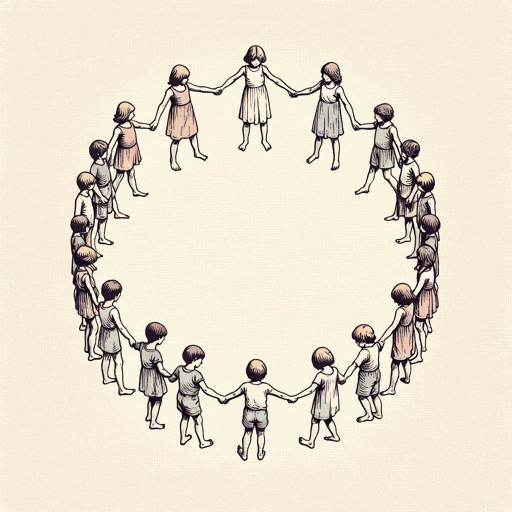
The Circle Game
Margaret Atwood
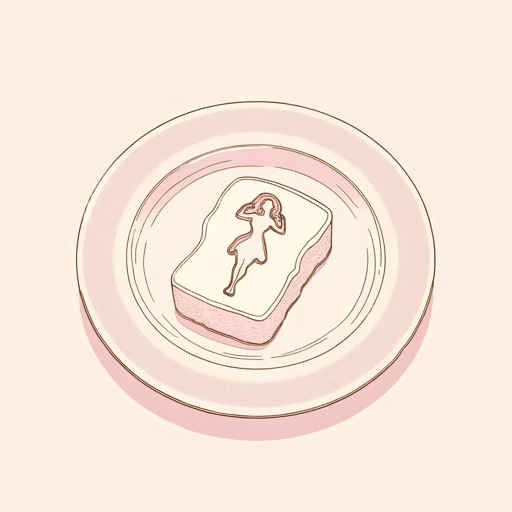
The Edible Woman
Margaret Atwood
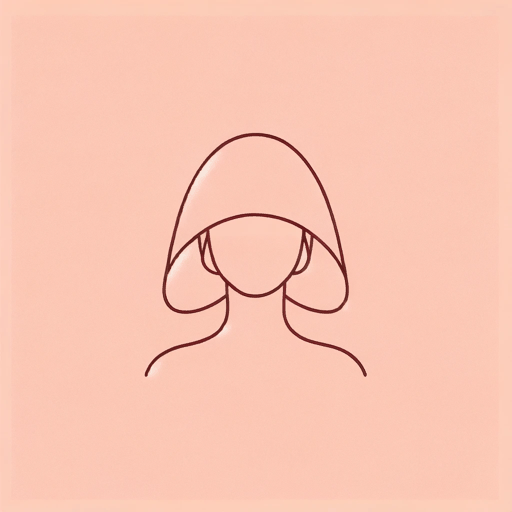
The Handmaid's Tale
Margaret Atwood

The Heart Goes Last
Margaret Atwood
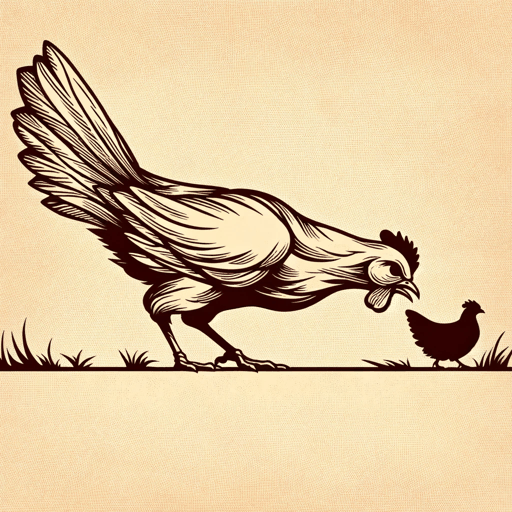
The Landlady
Margaret Atwood
